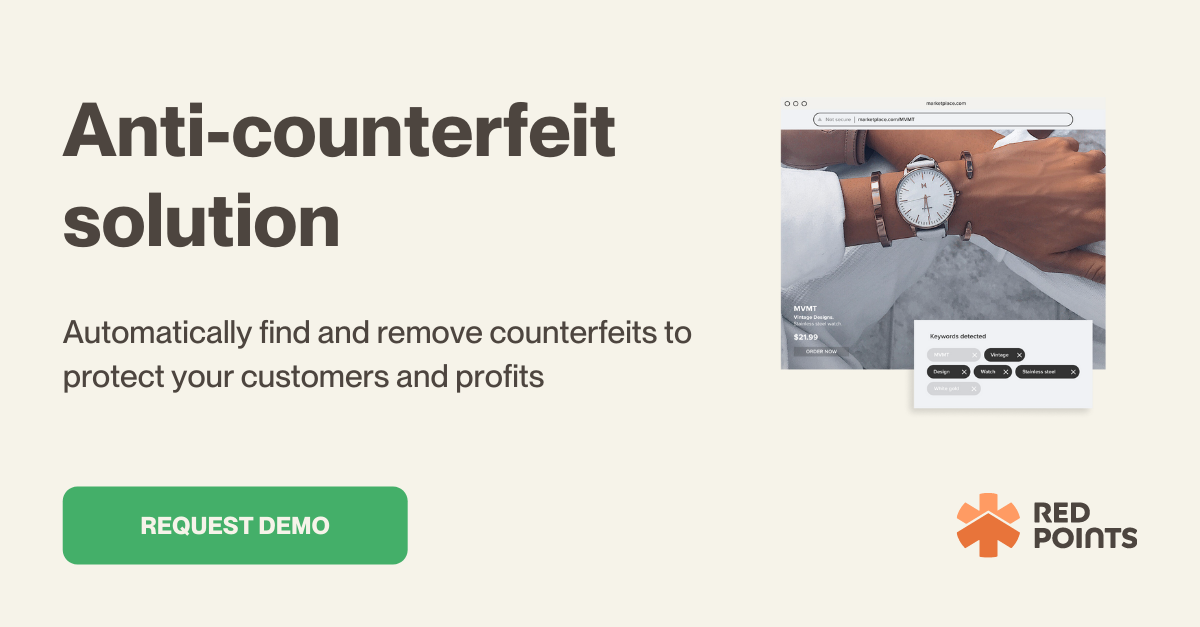
Table of Contents:
Last updated on: June 8, 2022
Consumer education is a key component of any successful business. Without it, customers wouldn’t be able to make informed decisions and purchases, understand how to use new products, or stay safe in emerging markets. Consumer education programs are also a useful tool you can implement to protect your brand from fraud that threatens your brand and consumers alike.
In this guide, we’re breaking down why it is important to educate customers and providing the top consumer education tips your brand can implement.
Summary
Consumer education programs typically consist of information that makes it easier for customers to understand a brand’s products. Think of FAQ sections on websites, user guides and tutorials within product packaging, and even built-in courses for complicated software programs.
Brands employ consumer education programs for a variety of reasons. It is important you identify the goals you want to accomplish through creating your own consumer education program. Of course, helping your customers make informed purchases should be a top priority, but these programs can also be hugely beneficial to your brand.
Consumer education can provide customers the information they need to make a purchase, as well as help them utilize all your product has to offer. This can be a great way to increase your sales and foster loyal customers who trust your brand as experts in your industry. You can also use your educational messaging to warn your customers of scams that threaten them and your brand.
The information you provide in your consumer education program will largely depend on your brand and the products and/or services you sell.
A clothing boutique, for example, would likely feature size and fit guides on their site, while a tech company would likely focus on product features. It will be important for you to determine the content that will be most beneficial to your customers and help close sales.
To get started, here are some of the most common consumer education examples that your brand can implement:
An important aspect of consumer education is helping to keep your customers safe when making purchases with your brand. Educating your customers on the threats they may encounter while making purchases, especially online, is essential in today’s ecommerce market.
Scammers are only getting more difficult to detect, impersonating brands and fooling unsuspecting consumers into fraudulent purchases. It is vital your consumer education program consists of information that will help your customers identify and stay away from these online scams.
Educating your customers on counterfeit and scam threats will help you protect your customers as well as your brand. According to the FTC Sentinel Report, US retailers lost 1.9 billion dollars to fraud in 2020. Fraud can have a devastating impact on your business, but informing customers of these risks can help keep your brand protected.
Consumers armed with information on how to spot internet fraud are less likely to fall victim to counterfeit products and brand impersonators. This way, even if your brand is targeted, it will be more difficult for scammers to steal your revenue and defraud your customers.
No matter how simple or complicated the products or services your business sells, incorporating a consumer education program to your customer messaging is essential. Your business may seem very straightforward to you, but we guarantee your customers will have questions whether you’re a clothing retailer or sell high-tech gadgets. Luckily, creating a consumer education program doesn’t have to be difficult.
Consumer education is so essential, in fact, that your brand probably already does some form of education whether you know it or not. Simply having your product pricing listed clearly for consumers to see is a form of education you provide to your customers.
You likely already have many forms of consumer education integrated into your brand already, and creating a more thorough education program will only benefit you more. The following tips are simple strategies you can employ to build your consumer education program, inform your customers, and protect your brand.
Building and implementing your consumer education doesn’t have to be difficult, but will benefit you greatly in the long-run. Follow these tips on how to educate consumers and ensure that your customers are informed on all the essential information relating to your brand.
Before you implement any new program into your brand, it’s good to have a strategy. Know what you are looking to accomplish through your consumer education program, and ensure you can track that it’s working.
Ask yourself who your ideal customer is, what information they most need to know, and the most effective method to share that information with them. Talk to your customers directly and find out what questions come up the most, and what content they are most looking to see. This information will allow you to create a consumer education program that benefits and attracts your ideal customers.
Nobody wants to hunt through pages of online content just to find the answer to a simple question regarding a brand. You can make it easy for your customers to find the information they are looking for with a comprehensive FAQ section on your brand website.
Compile the questions your customers most frequently ask, as well as any additional information that could be beneficial. You can even utilize this FAQ section to further highlight your products and what makes your brand unique by including questions on product quality. Make it as comprehensive as possible, and easy to navigate.
Social media platforms have made it extremely easy to interact one-on-one with your customers. This is a fantastic opportunity for your brand to implement your consumer education program in every interaction you have with customers. Engaging with your customers by replying to comments and answering questions helps to build your relationship with your customers and keep them informed.
Monitoring comments and reviews can also help you identify fraud problems affecting your brand. If you receive complaints on product quality, shipping delays, or unreceived products, it could be an early sign that counterfeits and scammers targeted your brand. By engaging with your customers and investigating complaints, you can determine if an infringement has occurred and work to get it taken down.
Helping your customers stay safe means that you have to be up-to-date on the scams currently threatening your brand and customers. No one will be safe if you fail to identify counterfeits and other scams and take them down quickly when they occur.
To keep your customers safe and protect your revenue, you will have to closely monitor various sales channels online for infringement. It’s a good idea to monitor Ecommerce marketplaces and social media platforms, even if your brand doesn’t currently sell products on these sites. Scammers can steal your brand content and appear on any platform or create their own spoof website.
Keeping a constant monitor for infringements can be overwhelming with so many scam threats online. To ensure you catch these infringements quickly and offer your customers the best protection possible, investing in a third-party software can help. Brand protection software like Red Points can automate this process for you and make protecting your brand and customers easier than ever.
If you do identify counterfeit products, spoof websites, or other infringement of your brand, notify your customers immediately. You should also work to take the infringement down as fast as possible, but this process can take some time. By notifying your customers of the infringement, you can help them avoid the scam and keep your brand protected.
Notify your customers via newsletters, website notices, social media posts, and any other forms of communication you use to connect with customers. Also make sure to respond to any comments asking about the scam, and provide information that customers can use to identify your brand.
Developing your consumer education program is essential to help inform your customers as well as protect your brand from fraud. By doing nothing, you only give bad actors an easy chance to rip off your brand identity, defraud customers, and steal your revenue.
Have you got complaints from consumers, and it turns out they were victims of counterfeits or online scammers? You can solve your infringement problem and better protect your customers by working with a trustworthy partner like Red Points. See how our innovative brand protection software can help to protect your brand and customers.
